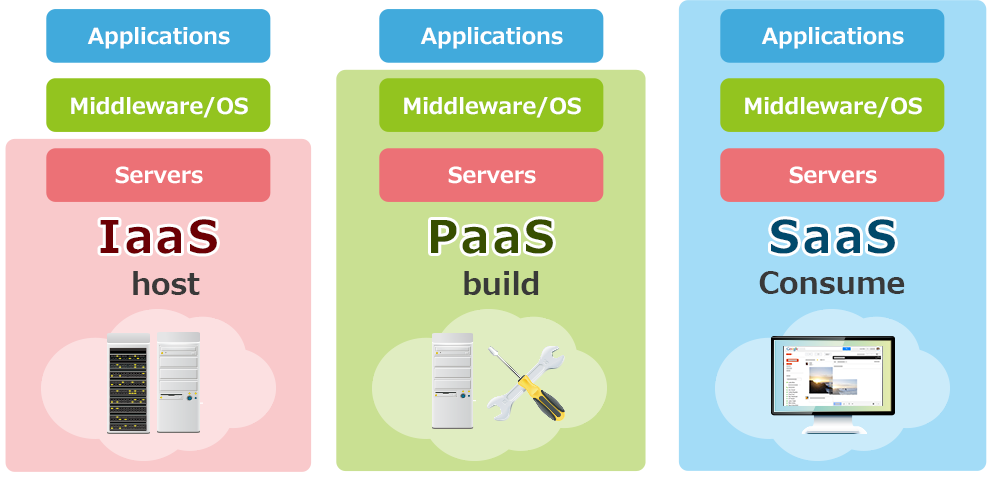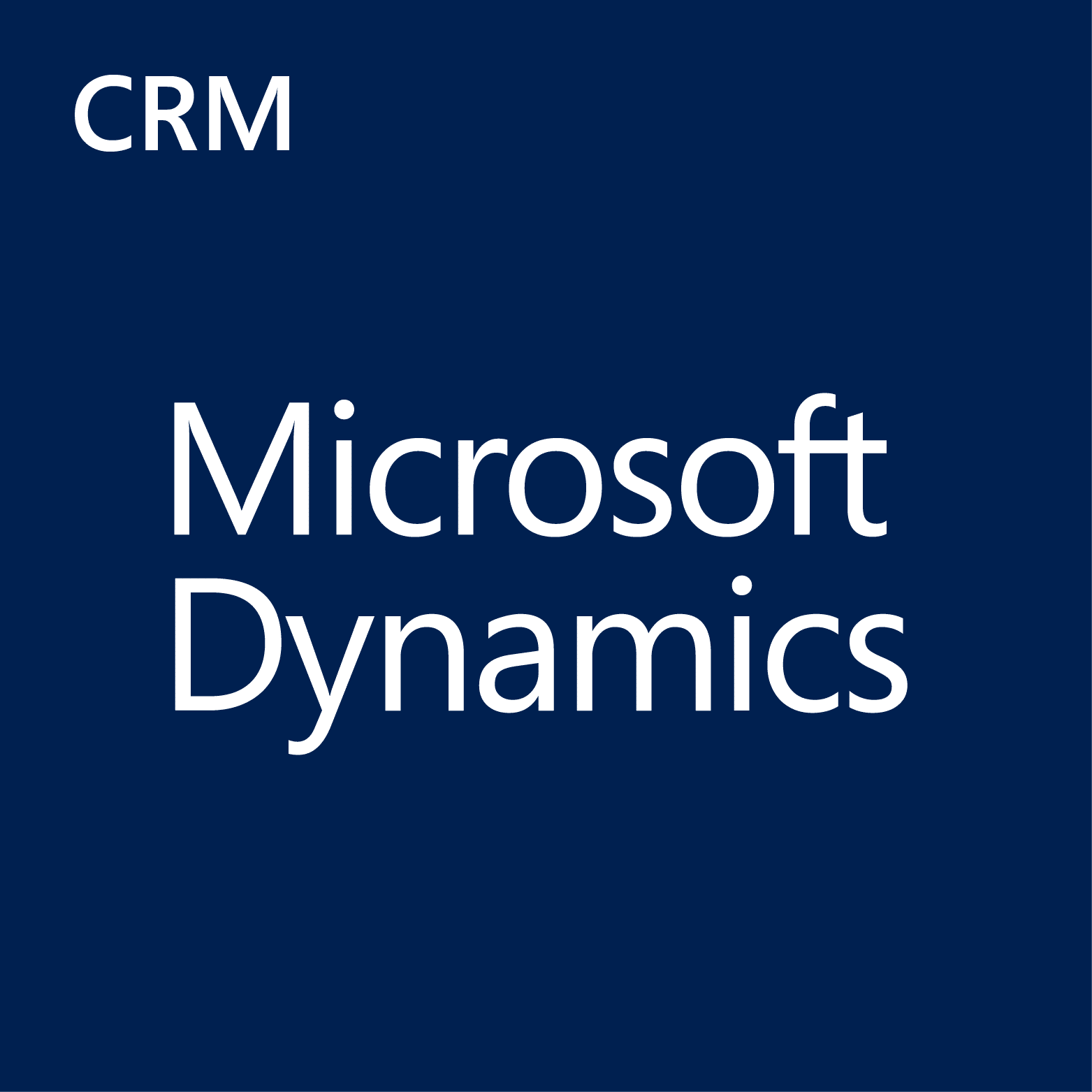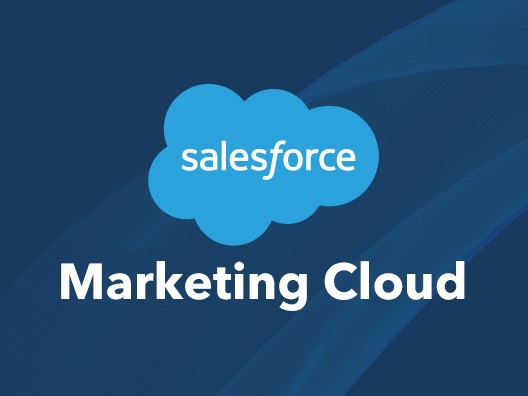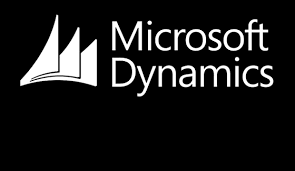Description
Salesforce CRM is a company that makes cloud-based software designed to help businesses find, close more deals, and wow customers with amazing service.
Course Content:
1. Definition Of Cloud Computing And Types
a). Definition of cloud computing
b). On-demand advantages of Cloud computing
c). Services of Cloud computing
d). Saas(Software as a Service)
e). PaaS(Platform as a Service)
f). IaaS(Infrastructure as a Service)
g). Types of Clouds
h). Public Cloud
i). Private Cloud
j). Hybrid Cloud
k). Community Cloud
2. Definition Of Salesforce And It’s Products
a). Importance of Salesforce
b). Importance of CRM and Solutions
c). Growth of Revenue using CRM
d). comparison of Salesforce CRM with other CRM Products
e). Salesforce Products
f). Salesforce Features and Edition Limits
3. Salesforce Administration
4. Sales Cloud-Generic Business Process
a). Features of Sales Cloud
b). Products
c). Campaign
d). Lead
e). Account
f). Opportunity
g). Contact
h). Contract
i). Quote Manage
j). Order
k). Forecast
l). Entitlement
5. Service Cloud and Customer Service
a). Features of Service cloud
b). case
c). Solution
d). Public Knowledge Base
e). Web-to-case
f). Self-Service Portal
g). Escalation rules
6. Company Information
a). Creating Company Profile
b). Setting Fisca Year, Business Hours
c). Setting Holidays and Language
d). Identifying Edition
7. Salesforce-Force.Com Platform
a). Creating User Login Credentials
b). Setup-Personal Setup
c). About Administartion Setup
d). Standard Applications, Tabs and Objects
e). Creating Custom Application(Design), Custom Objects and Custom Tabs
f). Creating Custom Fields Using DataTypes and Picklist and Dependencies
8. Manage Users
a). Creating users and Roles
b). Creating Custom Profiles
c). Discussion on Standard Profiles
d). Creating Permission Sets and Public Groups and Queues
e). Login History
9. Relationships In Salesforce CRM
a). Lookup Relationship
b). Master-Detail Relationship
c). Many to many Rlationships
d). Junction Object
e). Rollup Summary Felds
f). Real Time Scenarios
10. Applying Validations And Formulas
a). Overview of validation
b). Creating Validation Rule
c). Apply Formula in Validation
d). PageLayout on Objects
e). Mini PageLayout
f). Search Layout
g). Record Type
h). Field Level Security on Layout
11. Object Level Security Model (Table)
a). Profile Level
b). Permission Set Level
12. Field Level Security Model (Column)
a). Profile Level
b). Page Layout Security
c). Permission Set Security
13. Record Level Security Model-Sharing Settings(Row)
a). Overview of Record Level security
b). Organization-Wide-Default
c). Sharing Rules
d). Grant Access Using Hierarchies
e). Internal Access
f). External Access
g). Manual Sharing
h). Owner Based Sharing Rule
i). Both Usage of Profile and OWD
j). Real Time Scenarios
14. Workflows And Approvals
a). Overview of Workflows
b). Email Alerts
c). Tasks
d). Field Updates
e). Outbound Messages
f). Time Dependent Workflow Actions
g). Order of Execution
h). Approval Process Definition
i). Dynamic Approval Process
j). Multi-Step Approval Process
k). Parallel Approval Process
l). Approval Process Actions
m). Real Time Scenarios
15. Data Management With SFDC
a). Overview Import wizard
b). Limitations on Import Wizard
c). Data Export
d). Import Objects
e). CSV File usage in salesfore
f). Import Data into Salesforce
g). Data Loader
h). Mass Transfer Records and Delete of Records
16. Process Builder
a). Overview of Process Builder
b). Working with Process Builder
c). Workflows With Process Builder
17. Community Creation
a). Customer community
b). Partner Community
c). Creating User On Community
d). Self Registration
18. Security Settings in Salesforce CRM
a). Single-Sign-on settings
b). Session Settings
c). Password Policies
d). Identity Provides
e). Login Access
f). Identity Connect
g). Email Admin Setup
19. Email Administration
a). Deliverability
b). Test Deliverability
c). Organization-Wide Addresses
d). Setting Email Footers
e). Compliance BCC Email
20. Administrative Integration
a). Overview on Declarative(no-code) and Programmatic (coding)
b). Integrating SFDC to SFDC, SFDC to Excel and SFDC to Facebook
21. Reports And Dashboards
a). Importance of Reports
b). Discussion On Standard Report
c). Creating Custom Report, Tabular Report, Summary report, Matrix Report
d). Creating Joined Report and Report Types
e). Applying Filters on Report
f). Run Report
g). Export Report
h). create Dashboard
i). Fetching Dashboard in to Visualforce
22. Resolving Project Issues
a). Overview on Types of Projects
b). Issue Capturing and Priority
c). Issue Resolving and escalation
d). How Real Time Issues
e). Overview on Outlook Email
f). Code Checking
g). Blue Print
h). Agile Methodology
i). How to Clear Road Blocks
j). Office Communicator(O.C)
23. Salesforce CRM Development
24. Project Related
a). Resolving User Issues In Project
b). Importance of User In Application
c). Real time project explanation and Project Business Process
d). Project Development Life Cycle
e). Project Management Tools
f). Sandbox and UAT
g). Change Set
h). Deployment
i). Production
25. Before Start Development
a). Enable Development Mode
b). MVC Architecture
c). Developer Console Usage
d). Query Editor Usage
e). Execute Anonymous Window
f). Create Class Using Developer Console and Visualforce Using Developer Console
g). Test and Debug Using Developer Console
h). Installing Eclipse
26. Visual force Pages
a). Comparison With HTML Tags
b). Create VF Using URL, Developer Console, Standard Navigation and Eclipse
27. Data Sources In Visual force
a). Apex Class Variables
b). Parameters Using URL
c). Global Standard Objects or Custom Objects
d). Static Data
28. Pageblock Tags of CRM
a). Page block
b). Page Block Section, Section Item
c). Page Block Button and Location
d). Command Buttons and Actions
29. Input Components
a). Input Text, Input Field and Input Secret
b). Input Hidden
c). Input File
30. Select Components
a). SelectOption
b). SelectOptions
c). SelectCheckBox
d). SelectRadio
31. Message Tags
a). Page Message
b). Page Messages
32. Panel Tags
a). Panel Bar
b). Panel Barm Item
c). Panel Grid
d). Panel Group
33. Other VF Tags
a). Column
b). Command Link
c). Detail
d). Facet
e). Form
f). Iframe
g). Image
h). include script
i). Include Page
j). List Views
k). Repeat
l). Tab and Tab Panel
m). Render, Rerender, RenderAs
n). Passing parameters
o). Creating VF Tabs
p). Realted List
q). Enhanced List
34. List Views of Salesforce CRM
a). Creating Views
b). PageBlockTable ListView
c). DataTable
d). DataList
e). Repeat
35. Action Components In Visualforce
a). ActionSuppot
b). Action Function
c). ActionStatus
d). ActionRegion
e). ActionPoller
36. Real Time Topics With Visualforce
a). Usage of Static Resource In VF
b). Overriding Buttons, Links and Tabs with VF
c). Dynamic Visualforce Binding
d). Integrating Email with Visualforce
e). VisualforceTemplates
f). Generate Visualforce page as PDF,WordDocument
g). Real Time Scinarios
37. Usage Of CSS In Visualforce
a). Create CSS Class
b). InternalCSS
c). External CSS
d). StaticResource In ExternalCSS
e). Boostrap Usage in Visualforce
f). Realtime Scinarios
38. Usage Of JavaScript
a). JS Functions Usage in Visualforce
b). JS DOM Usage in visualforce
c). JS Events Usage in Visualforce
d). JS Validations In Visualforce
e). Internal JavaScript
f). External JavaScript
g). Realtime Scinarios
39. Usage Of jQuery In Visualforce
a). Using Less Code In Visualforce
b). Jquery StaticResorces
c). URL Plugins
d). AutoComplete
40. Usage Ajax In Visualforce
a). Overview on Connections
b). Ajax SOQL
c). Ajax DML
41. Usage Of Angular Js In Visualforce
a). Overview on Single Page Web Application
b). Dependency Injection
c). Controller, Directives
d). Filters,Model
e). Scope, Service
f). Expressions, Module
42. OOPS ( Object Oriented Programming )
a). Fundamental and Properties
b). Variables
c). Identifiers
d). Data types
e). Access Modifiers
f). Methods
g). Conditional Statements
h). Exceptiopnal Statements
i). Class syntax writing
j). Constructing Method
k). Reference Varibles
l). Setter Method
m). Getter method
n). Constructors
o). Class Properties
p). Return Statements
q). Inheritance
r). Abstarction
s). Polymorphism
t). Encapsulaion
u). Creating Wizard Class
v). Wrapper Class
w). Usage Of properties in sfdc
43. APEX
a). Collections
b). List class-Scenarios
c). Set class-Scenarios
d). Map class-Scenarios
e). Advanced Example Programs
f). SOQL And SOSL
g). Overview on SOQL,SOSL
h). Fetching Records on VF Using SOQL
i). Inserting Records from VF to Salesforce
j). Debug Logs
k). Static SOQL
l). Dynamic SOQL
m). Relational SOQL(p-c,c-p)
n). Functional SOQL(Aggregate,Date)
o). Creating Interfaces Using SOSL
p). GoverningLimits on Apex
q). RealTime Project Scinarios
44. DML Operations in Salesforce CRM
a). DML STATEMENTS VS DATABASE CLASS METHODS:
b). Database DML Operations
c). Insert Statement
d). Update Sattements
e). Upsert Statement
f). Delete Statements
g). Undelete Statements
h). Merge Statements
i). Rollback operations
j). SavePoint In DML
k). Realtime Rroject Scenarios
45. Controllers In APEX
a). Standard Controller
b). Standard Set Controller
c). Custom Controller
d). Controller Extensions
46. Schema Programming
a). Objects
b). fields
c). Selected Options
47. Email Service Using Apex Class
a). Overview Of Email Sending
b). Outbound Email Service
c). Inbound Email service
d). Email Service Using Templates
e). Sending PDF Attachments
f). Sending VF Attachments
g). Mass Email Message Sending
h). Creating Methods for Sending Emails
i). Syntax for Send Emails
j). Realtime Scenarios
48. Custom Setting of Salesforce
a). List Custom setting
b). Hierarchial Custom Setting
49. Asynchronous APEX
a). Future Method-Long Running
b). Queueable Apex-Chain Jobs
c). Batch Apex-Large Data Volumes
d). Scheduled Apex:Run On Schedule
e). Implementation
f). Invoking Future Method from Schedule
g). Schedule Using Point and click
h). Schedule Using Code Customization
50. Batch APEX
a). Iterable Class
b). QueryLocator
c). GetQueryLocator
d). Start Method
e). Execute Method
f). Finish Mehtod
g). Sending Email From finish Method
h). Batchable Context
i). Debug Batch Apex
j). Creating Future Methods in Batch Apex
k). Implememnting Database.AllowCallouts
l). Call Batch In a Batch
m). Serialize Batch By Batch
n). RealTime Scenarios
o). Apex Triggers
p). Overview On Triggers
q). Trigger Events
51. Test Class
a). Overview on Test classes
b). StartTest,StopTest
c). Test Class on Apex class, Batch APEX, Schedule Apex and Triggers
52. Programmatic Integration
53. Integration and Web Services
a). Definition Of Integration and WebServices
b). Purpose Of WebServices
c). Types Of Web Services
d). JSON Class, Generator Class, Parser, Serialization
e). JSON Deserialization
f). XML CLASSES IN WebServices
g). HTTP Callouts
h). Creating APEX WSDL File
i). Integration Using SOAP API
j). Integration Using REST API
k). Real Time Scenarios
For more inputs on Salesforce CRM Training/staffing you can connect here.
Contact the L&D Specialist at Locus IT.
Locus Academy has more than a decade experience in delivering the training/staffing on SalesForce CRM for corporates across the globe. The participants for the training/staffing on SalesForce CRM are extremely satisfied and are able to implement the learnings in their on going projects.











Reviews
There are no reviews yet.